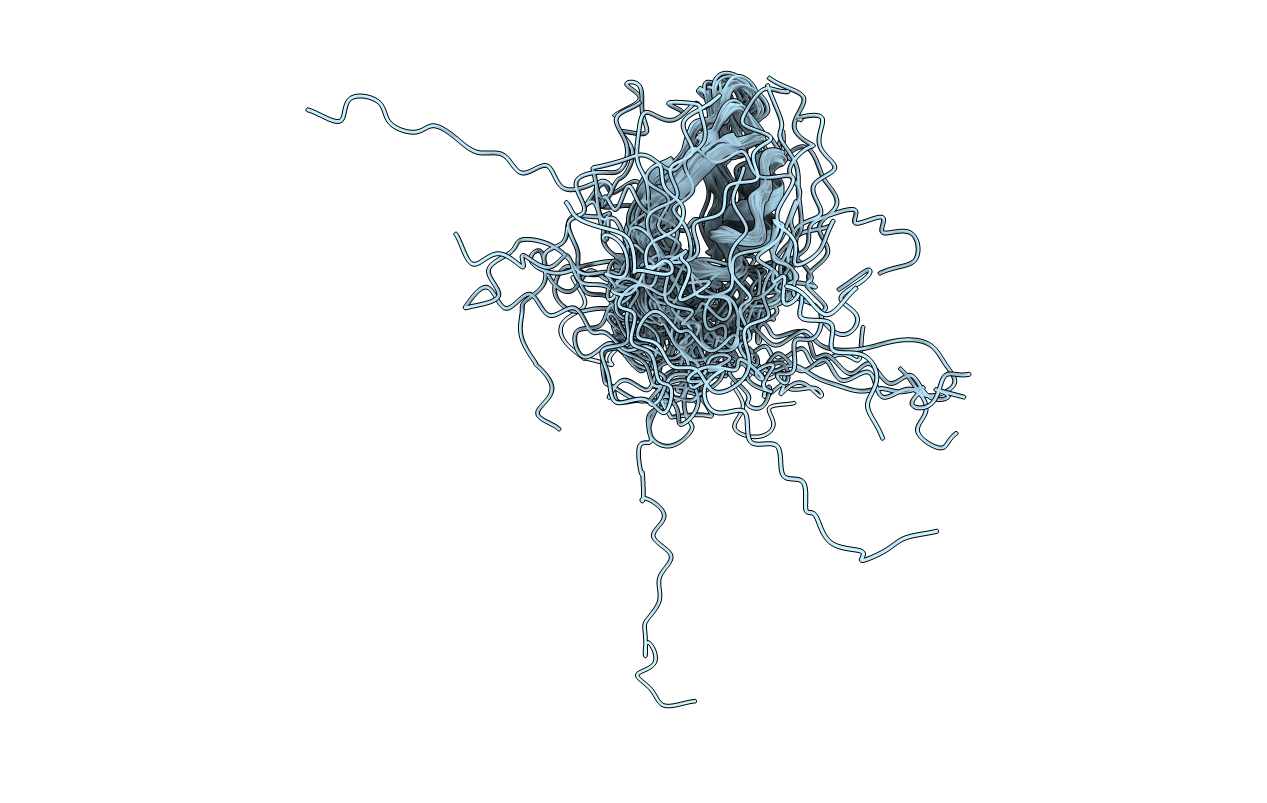
Deposition Date
2007-05-14
Release Date
2008-01-29
Last Version Date
2024-05-15
Entry Detail
Biological Source:
Source Organism:
Xanthomonas axonopodis pv. citri (Taxon ID: 92829)
Host Organism:
Method Details:
Experimental Method:
Conformers Calculated:
20
Conformers Submitted:
20
Selection Criteria:
structures with the least restraint violations


